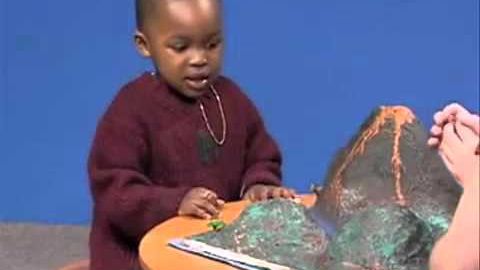
字幕與單字
影片單字
straight
US /stret/
・
UK /streɪt/
- adj.異性戀者;異性戀的;率直的;立刻的;直的;整齊的
- adv.筆直地;立刻地;誠實地;直接地;立即
- n.異性戀者
- v.t./i.弄直
A2 初級多益初級英檢
更多 break
US /brek/
・
UK /breɪk/
- v.t./i.打破(記錄);打破某樣東西;損毀;結束一段感情(分手);逃離某樣事物;馴服;打破;開裂;損壞;破壞(規則或約定);讓某人知道(訊息);違背諾言;違反協議;食言;破解;壞掉;壞掉、破壞;破音;拆散、打破;(天氣)開始驟變;使...崩潰
- n.休息;假期;結束一段感情;逃亡;越獄;得到好處;破解方法;(天氣的)驟變
A1 初級多益
更多 使用能量
解鎖所有單字
解鎖發音、解釋及篩選功能
